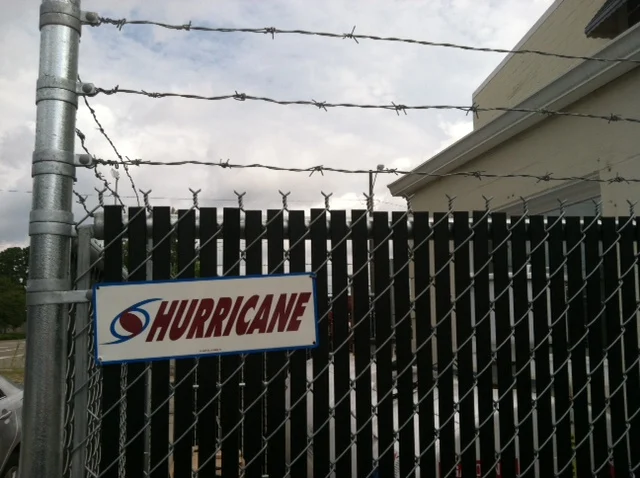Contents
What is temporary fence?
Temporary fence is used for any short or long term construction projects. They may surround the entire area, or the project, or are moveable for partial security. Temporary construction fence is available in temporary panels, driven temporary fence, and permanent temporary fence.
When is portable fence used?
Portable temporary fence is used on job sites that need to maintain some level of security during construction. Often times, construction sites are in highly populated or high foot traffic areas that require additional safety and security measures.
What types of construction fence are available?

Temporary Fence Panels: Temporary fence panels are most commonly used for going across pavement or concrete. These moveable panels allow no demolition to the pavement. This type of fence is most commonly found in 10’ and 12’ panels and sit on galvanized metal stands. Figure eight clamps keep the panels bound tightly together to provide the best security for the construction project. Temporary panels are easy to put up and take down. They are usually are on short term project.

Driven Temporary Fence: Temporary fence where post are driven into the ground provides more sturdy security option than simple temporary panels. Temporary chain link fence posts are driven in mechanically with a hydraulic post driver 10' apart and approximately 2’-3’ in depth depending on the height of the fence. Construction site security can obtained by using this fence for the duration of the project. Coil wire and even top rail can be added depending on the extent of security needed. Typically a 9 or 11 ½ gauge wire is attached to the post. Some jobs for, asthetics, choose to add a windscreen with logos of their company on it. This requires a thicker post and deeper depth to withstand the stresses and strains of the additional weight and wind load. Fence windscreen is typically added for privacy and can be attached with galvanized ties to the framework of the fence. It is common to see this type of fence along the Limits of Disturbance of the project and along the silt fence line. This usually marks the extent of work for the project and keeps all construction materials and equipment secured for the duration of the project.

Permanent Temporary Fence: A temporary fencing system that requires a concrete footing and specified pipe dimensions is usually used on military installations or government property. When security can not be breached during a replacement or modification, this type of fencing is typically used. Barbed wire is common on this type of fence. Many ports have a specialized temporary fence that matches their perimeter security fence. If the existing fence and permanent temporary fencing have similar requirements some of the materials to be re-used and to save money (i.e. barb arms & fence fabric). Bottom tension wire can used to keep the bottom of the fence taut to prevent sag in the fence. Stronger ties can also be required on this type of fence and will show up more abundant along the line of fence.
What options can increase security?

Wind screening is commonly added to the construction fence to reduce the spread of dust and debris. These screens also add a level of privacy to the job site. Privacy slats can be used instead of wind screening depending on the needs of the project. Barb wire can be added in high security areas along with a heavier gauge fabric or stronger fence ties. Also, as mentioned above the posts can be set in concrete footings.
What about Fence Codes?
Codes for temporary fence vary depending on the location of the fence and may be specified for a particular job in the project plans. Typical temporary fence materials are 11 1/2 gauge wire fabric that’s tied to 1 5/8" SS15 or schedule 15 fence posts. This style is most commonly used on job sites. These 6-foot high temporary fence posts are normally 8-feet long and they are simply driven into the ground, as opposed to being set in concrete. The chain-link fabric is generally ‘tied up’ using aluminum ties, which are much easier to work with than durable steel ties. Temporary fence panels are usually 6 feet high by 10 feet wide panels made from 1 5/8" or 1 3/8" SS15 steel pipe meshed with 11 1/2 gauge fence fabric.
Article contributed by Nate Poehlman and Kristen Fugere.


